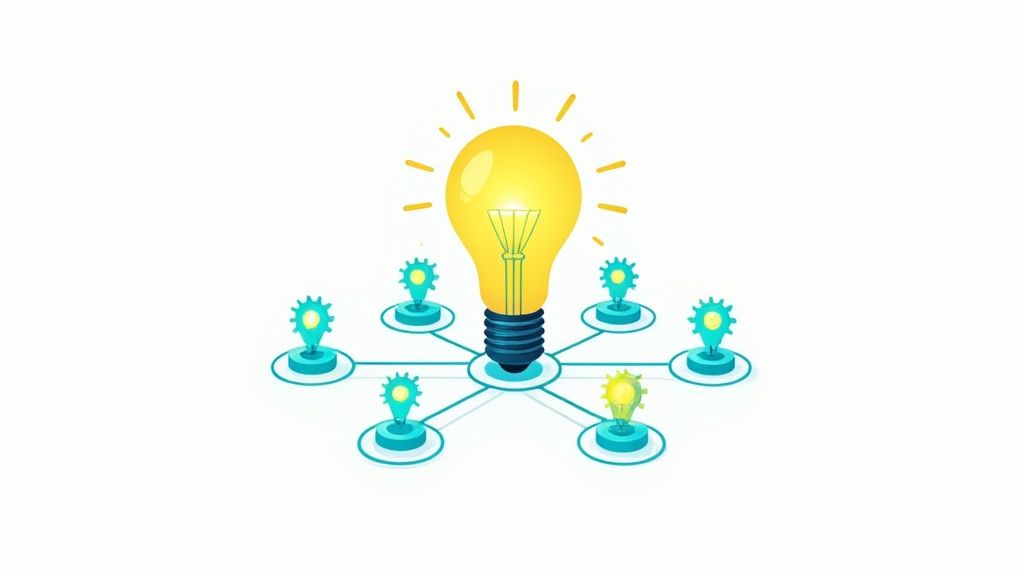As you’re on our site, you’ll already know that here at YOPLA, we specialise in app design in Edinburgh, London and across the UK. You may also know that we’re incredibly proud to have built up a strong and diverse team of developers, where each individual has their own strengths, and their own voice.
Unfortunately, not every business is as lucky. Especially in the tech space.
The truth is that there’s a pipeline problem. Only a very small number of girls are interested in pursuing technology career paths, resulting in a severely limited talent pool. PwC even surveyed 2000 A-Level students, and found that only 27% of female students were thinking about a tech career, compared to 61% of male students.
Of course, there are many possible reasons for this. One particularly influential factor could be that girls are not as encouraged to venture down the STEM pathway. PwC’s research supports this theory, finding that just 16% of girls are actively encouraged to consider tech careers, compared to 33% of boys.
When we have a generation of young girls who don’t envision themselves working in tech, it creates a pipeline problem in the future; it makes it difficult for businesses to hire diverse teams. And this is a pretty big problem. Why? Because at YOPLA, we believe that having more women in tech is critical to building a brighter tomorrow.
Why We Need More Women in Tech
Women make up around 15% of the STEM workforce. So, what we have here is a case of male-dominated developer teams building software for gender diverse teams.
And it doesn’t work.
As custom app developers in London, this is something we think about a lot. We think about how male-dominated software companies are building tools for male decision makers. They build what they know, for who they know. But the people actually using these tools? Well, half of them are women. They may have different needs. They may use technology in different ways. They may see things in a different way. We’re all different. We all have our own ways of working that’s best for us. Thankfully, there are organisations taking steps to redress this imbalance, such as Girls Who Code, which is on a mission to close the gender-gap in entry-level tech jobs by 2030.
The ideal future is one where the people building solutions understand the needs of the people using these solutions. And that’s a future we’re trying to build. That today’s users are gender diverse, which means development teams must be gender diverse, too. This way, we can build business software that best meets user needs.
How You Can Help
We know what you’re thinking. ‘But we’re not a software development company’. We know. We get it. But that doesn’t mean you can’t help to shape the future of equality in technology, and do your part to drive positive, long term change.
There are a few simple ways that any business can help. For example, you may choose to partner with local careers centres and host chats with young females, whether in the wider community or in schools and colleges, to help them better understand the opportunities available to them. While you may not have in-house developers, the ability to speak to your IT team may spark an interest in tech.
Another way to help could be to hold fun events such as hackathons, aimed at local women in your community. Perhaps provide teams with a real - or fictional - challenge (for example, manual invoicing taking too long), and encourage them to think about how tech could be used to simplify tasks and boost business efficiency. Looking at existing processes and culture is also important, to ask how women can be made to feel more confident in male-dominated environments. That could mean by investing in leadership training or promoting more inclusive dialogue, for example.
Perhaps also consider opening up your candidate pool when hiring. Try to eradicate bias in the recruitment process to draw in more female applicants, particularly for traditionally male-dominated positions. When girls see themselves represented in roles typically held by men, they are more likely to understand their own potential.
The future is exciting. Having a part to play in building it? It’s even more exciting!








